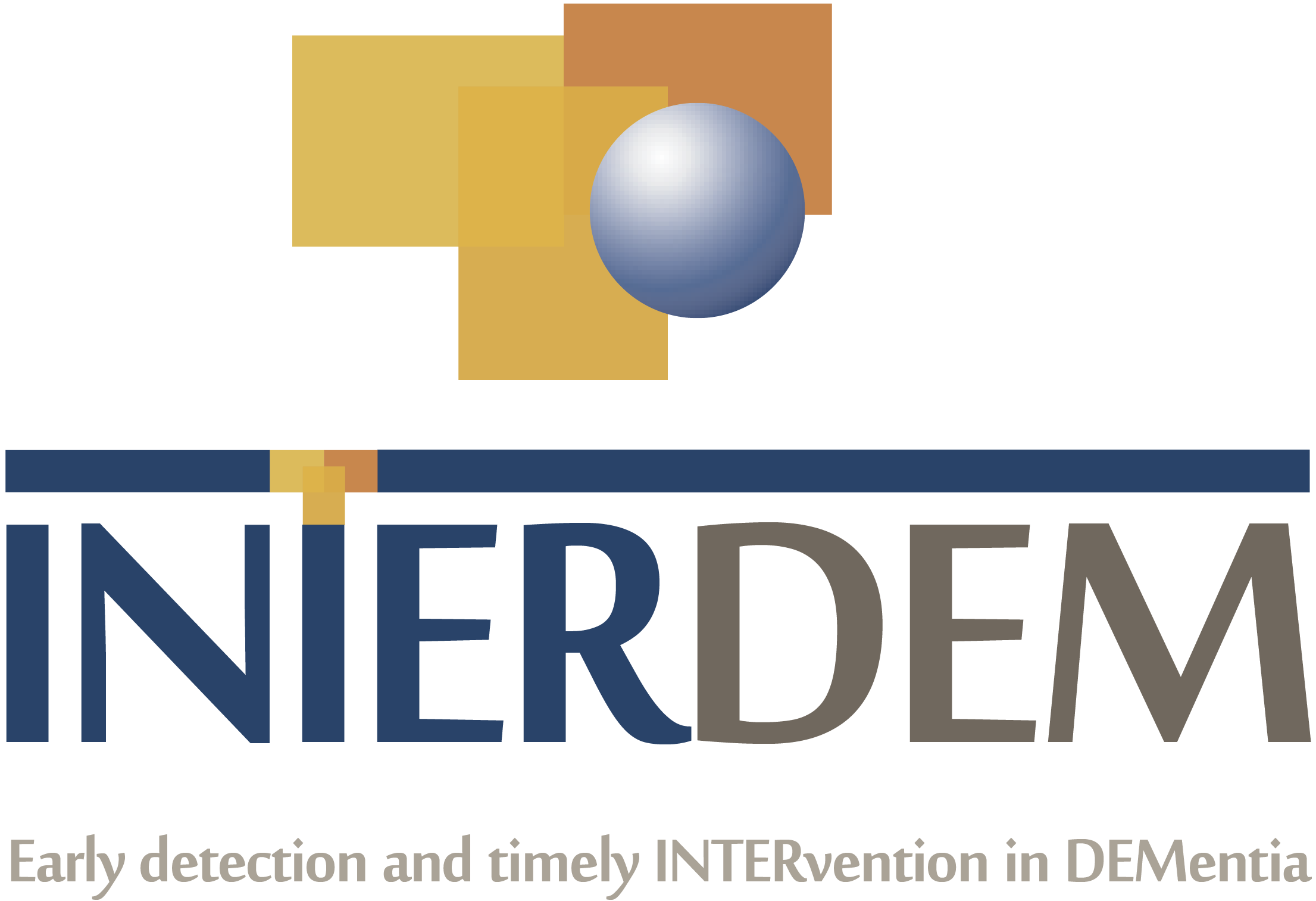World Alzheimer’s Month 2021: Looking at Dementia Differently
The challenge of planning and organizing in Covid-19 times
For the first time since I am working in the dementia field (starting in the year 2000), I was this year involved in World Alzheimer’s Month activities in my hometown, Zeist in the Netherlands. The motive for this was the fact that the photo exhibition of people with dementia “Love, Loss & Laughter” of Cathy Greenblat became available. I had worked with the photos several times when I worked at Alzheimer’s Disease International. We used some of the photos in the first World Alzheimer Reports, a series that started in 2009, and the photos were one of the reasons for their success., They added a human face and personal stories to the scientific data and policy perspectives in these reports.
I also learned that an exhibition can be a trigger for a broader set of activities, like lectures, meetings, and workshops and that it is an easy way to get into the media. All these things help raising more awareness and that is the purpose of World Alzheimer’s Month as well!
Since 2009, Cathy and I had been in touch every now and then and just a few months before the pandemic, she asked me whether I could use the set of large photos (mostly 90 x 60 cm) that was still stored in FranceI would just need some funding to transport them to Netherlands. .
Covid-19 came in between and the only thing I could do in 2020 was a small outdoor exhibition in a park in Amsterdam, with 12 photos that were reprinted on big poster boards with a concrete base. I wrote about this last year: https://interdem.org/?p=7424
The positive response to that exhibition brought me to contact my local Alzheimer Nederland chapter. I found out there was a great network and collaboration in my own region as well. We found two more partners: Samen voor Zeist (a collaborative of local companies and local non-profit organisations) and the Art House (KunstenHuis), the place where young and old people get lessons in music, dance, theatre, and other creative activities.
We started to work at the end of 2020 with a committee of four to develop a program.This happened to be a very good committee size (as long as everybody contributes!) and gave me the confidence to transport the photos from Nice in France to Zeist even without having secured the funding. However, like almost everywhere in Europe, the Covid-numbers went up again dramatically and we went into a second lockdown that was serious and continued until the end of April. The waiting began and we could still make plans while meeting on Zoom, but not executing them. And we could start putting together some funding applications and even apply to the foundations with a long decision-making process. Finally, in May we decided to go for it!
By the end of June, a small pot of funding from the local government and a few foundations was secured. This wasenough for us to start. The team were expanded with secretariat and communications functions and now the next challenge was to find an exhibition spot. This happened to be impossible for the whole set of 90 photos. A few organizations offered to show 2, 5, 10, 15 or 25 photos, so I ended up reprinting more than 50 photos to serve everyone. We were able to bring parts of the exhibition to 20 exhibitions in 10 towns or villages, including 8 libraries, community centers, nursing homes and day care centers, and even two book shops. Around 5,000 saw parts of the exhibits in one of these towns.
In addition, lectures and meetings were organized around a variety of topics, from the impact of Covid-19 on people with dementia to the use of creative arts as therapy. Alzheimer Cafés resumed their meetings in at least five places and companies participated with their staff in trainings on how to become more dementia friendly.
The strength of the exhibition is that a picture says more than a thousand words and helps with the conversation about dementia towards better understanding and acceptance. There are more opportunities to do the same in other parts of the country in the future and I look forward to exploring those options.
By Marc Wortmann
